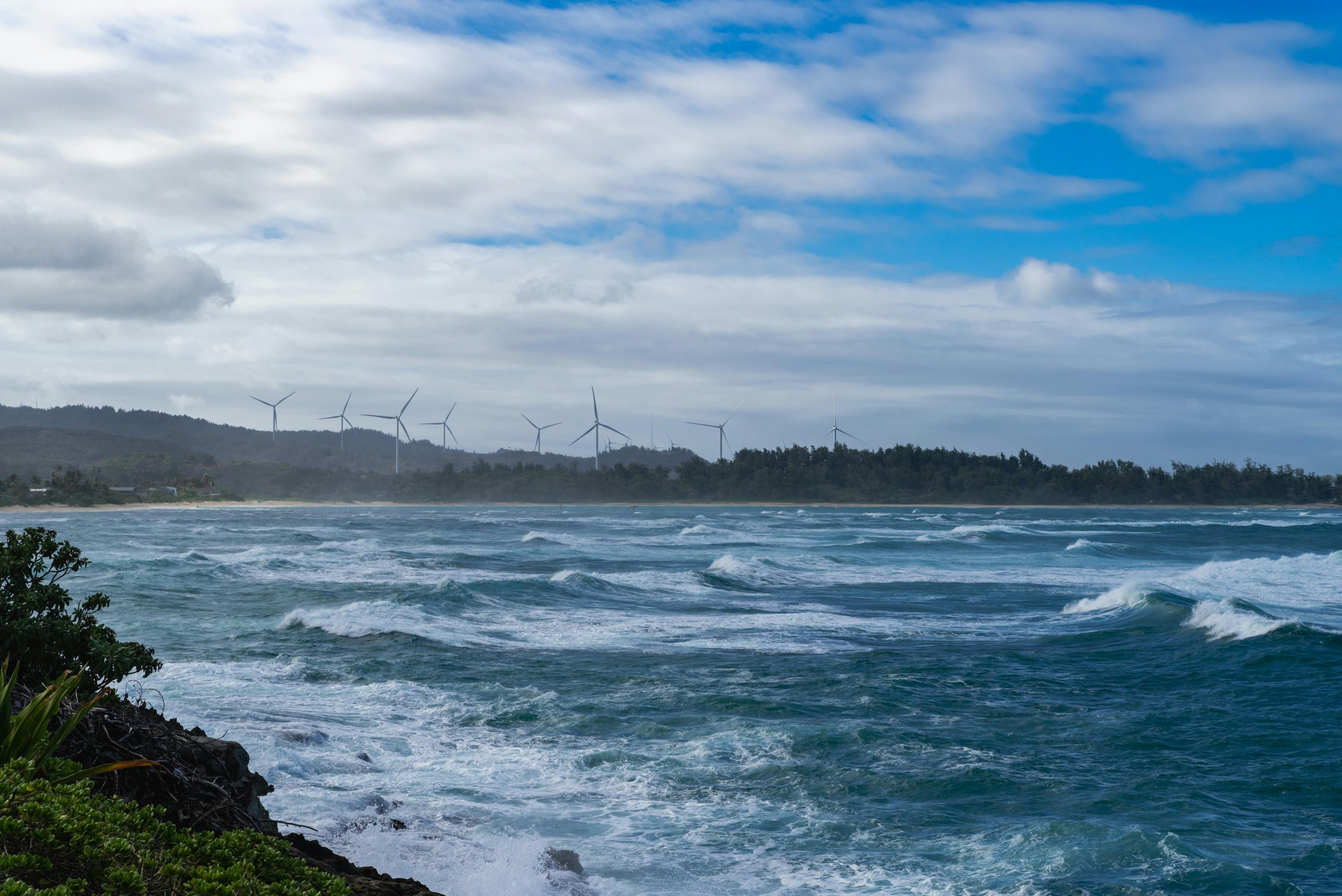Waterfront Properties: Climate Change Considerations for Buyers
Waterfront properties have always been a dream for homeowners seeking breathtaking views, easy water access, and luxurious living. However, as the effects of climate change become more prevalent, buyers interested in waterfront properties must now also consider the potential risks associated with these locations. From rising sea levels to severe storms, these properties can be highly susceptible to the negative impacts of a changing climate. Therefore, it is crucial for buyers to thoroughly evaluate and understand the climate change considerations before making this significant investment.
The Effects of Climate Change on Waterfront Properties
The United Nations Intergovernmental Panel on Climate Change (IPCC) reported that sea levels have risen approximately 8 inches since the beginning of the 20th century. This rise is attributed to the melting of glaciers and ice sheets, as well as the thermal expansion of seawater. Furthermore, the IPCC projects that sea levels will continue to rise at an accelerated rate, with estimates ranging from 1 to 4 feet by the end of this century.
For waterfront properties situated along coastal areas, this means increased vulnerability to flooding and erosion. The higher sea levels combined with more severe storms and hurricanes create a higher risk of property damage and loss. In addition, the cost of insurance for homes in these locations can also increase significantly due to the higher risk factors.
Assessing the Risk: Understanding Sea Level Rise
When considering a waterfront property, it is essential to understand the potential risks associated with sea level rise. One way to assess the risk is to determine the annual probability of a significant flood event occurring at the property location. This information can be obtained from the Federal Emergency Management Agency (FEMA) through their Flood Insurance Rate Maps (FIRMs). These maps show areas that are at high risk of flooding due to river discharge, rainfall, and coastal storm surge.
Another aspect to consider is the property’s elevation above sea level. The higher the elevation, the lower the risk of flooding. However, keep in mind that even with a higher elevation, severe storms and hurricanes can still cause significant damage and put the property at risk.
Mitigating Risks: Adaptation & Resilience Strategies
While it is impossible to control or stop sea level rise, there are measures that homeowners can take to mitigate risks associated with waterfront properties. One approach is to implement adaptation strategies, which involve making changes to the property and its surrounding environment to minimize the potential impact of flooding and erosion.
Some possible adaptation strategies include building additional structure to protect against rising water, elevating the property’s ground level, and creating barriers such as walls or dikes. These strategies can help reduce the risk of damage to the property and protect against sea level rise.
Another approach is to implement resilience strategies, which aim to improve a property’s ability to withstand the impacts of climate change. These strategies involve making changes to the building materials and design to make them more durable and resistant to extreme weather conditions.
Seeking Professional Guidance
When considering purchasing a waterfront property, it is crucial to consult with professionals who can provide accurate and detailed information about the property’s location and potential risks. This can include environmental engineers, insurance agents, and real estate agents who specialize in waterfront properties.
It is also essential to research and understand local laws and regulations concerning waterfront properties, as they may have specific guidelines and standards for building and maintaining these properties in the face of climate change.
In Conclusion
Waterfront properties offer a unique and luxurious lifestyle that many homeowners desire. However, with the increasing risks of climate change, it is vital for buyers to thoroughly evaluate and understand the potential impacts on these properties before making a significant investment.
Through proper assessment of risk, implementation of adaptation and resilience strategies, and seeking professional guidance, buyers can make informed decisions and ensure the long-term safety and sustainability of their waterfront property. It is crucial to balance the desire for a beautiful waterfront property with a realistic understanding of the potential risks associated with changing climatic conditions.







